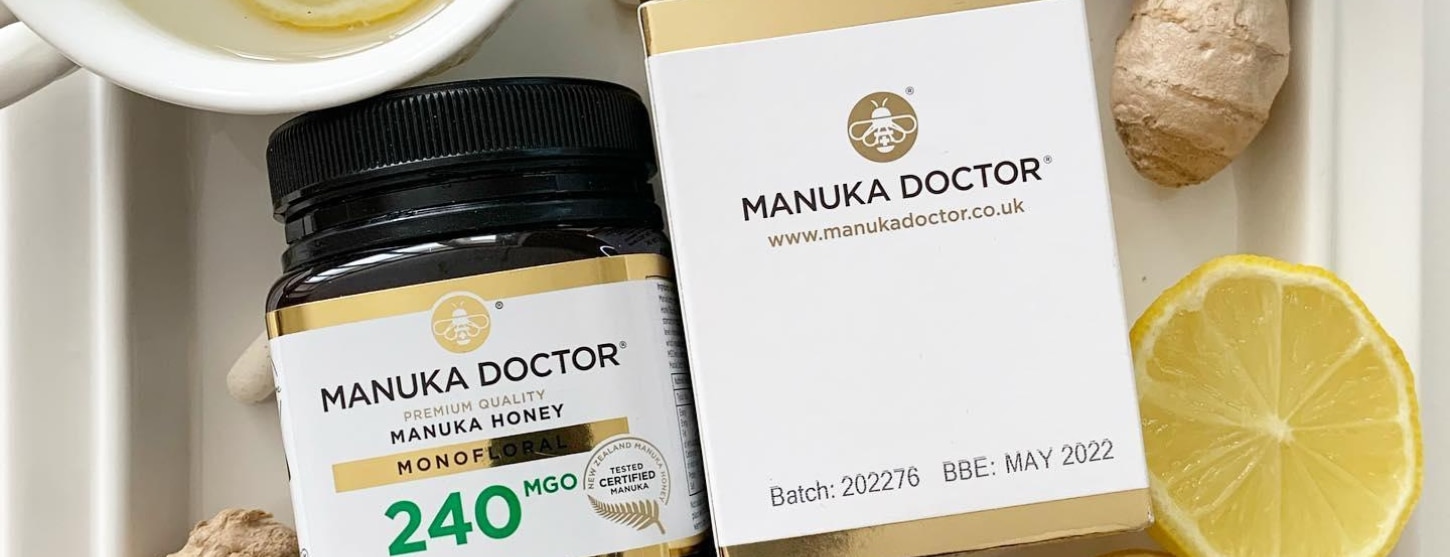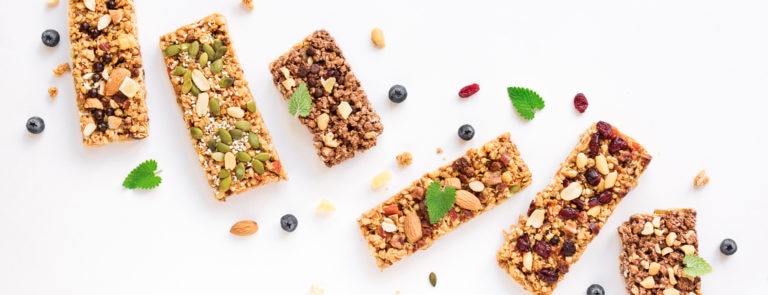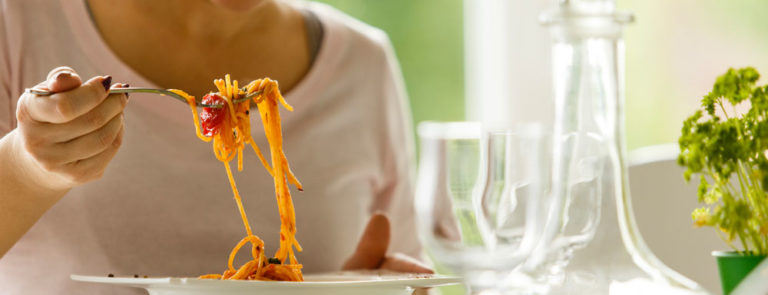15% off €35 OR 20% off €45
How to read a Manuka honey label

It’s true. Manuka honey jars do have a lot of numbers on them!
But what do these all mean? And which ones should you really pay attention to?
This blog explains more with five helpful things to check for on your Manuka honey label.
-
The MGO number
The large number on the front of every jar of honey sold in H&B is its MGO rating – which shows the strength of the honey’s antimicrobial activity.
MGO is short for methylglyoxal, the naturally-occurring chemical unique to honey made from nectar gathered from the Manuka bush.
Scientific tests have shown this chemical has anti-microbial properties and the more the honey contains, the greater its effect.
Because higher MGO grades of Manuka are much rarer, and not all bee-keepers can harvest them, these higher grades tend to be more expensive.
-
A UMF number
UMF is another form of grading Manuka honey.
Brands who display a UMF number must pay a royalty to the Unique Manuka Factor (UMF) Honey Association in New Zealand who administer the scheme.
UMF measures four different compounds in order to ascertain a number (often 5+, 10+ or 15+).
One of the natural compounds that is measured to check a Manuka’s UMF level is in-fact MGO itself.
-
The numbers on the lid & New Zealand MPI standard
Each jar of Manuka Doctor and Manuka Pharm honey carries a sticker on the lid confirming the honey meets the strict definition of Manuka Honey set by the New Zealand Government and is “Tested Certified Manuka”.
This means each batch has been tested at an independent laboratory for five key markers which prove the honey was made from nectar gathered by bees from the Manuka bush.
The markers are made up of four naturally-occurring chemicals and one DNA marker from Manuka pollen.
These key naturally occurring chemical markers are known as phenolic acids. Their full names are called 3-Phenyllactic acid, 2-Methoxyacetophenone, 2-Methoxybenzoic acid and 4-Hydroxypheyllactic acid – so you can see why we can’t fit them on our labels!
Instead, every Manuka Doctor and Manuka Pharm jar displays the minimum levels it contains of each of the chemicals on the lid, referred to by their shortened names: 3-PLA, 2-MAP, 2-MBA and 4-HPLA.
-
Mono or multi floral?
Our jars also state the honey is either “Monofloral” or “Multifloral”. This tells you whether the honey is made predominantly from nectar from the Manuka bush itself (Monofloral) or from a combination of Manuka and other flowers which the bees visited on their way back to the hive (Multifloral).
Independent testing establishes how much of each of the five markers are in each batch of honey – and these results are used to determine whether it is Monofloral or Multifloral Manuka Honey.
As a handy reference point, Monofloral Manukas tend to be MGO 100 and above. Whereas Multifloral Manuka tends to have a lower MGO rating.
For honey to be classed as “Monofloral” it has to contain at least 400mg/kg of 3-PLA and 5mg/kg of 2-MAP, as well as at least 1mg/kg of the other two chemicals.
“Multifloral” Manuka Honey contains between 20 and 400 mg/kg of 3-PLA and at least 1mg/kg of the other three chemicals.
As Monofloral Manuka contains higher levels of natural chemicals associated with the Manuka bush, it is therefore a purer grade.
-
Country of origin
Under the UK’s Honey (England) Regulations 2015 rules, all honey sold in the UK must list its country of origin on the label.
That’s why all our Manuka Doctor and Manuka Pharm honey simply says “Product of New Zealand” with a special New Zealand Made logo. Because all our honey is harvested and packed in the country of origin.
It is never packed in a “third country”. When we screw the security seal onto your jar in our factory in Hamilton, NZ. Nobody opens it until you do.
But this is not true for all types of Manuka honey you can buy here in the UK.
Some brands will declare they are a “Product of New Zealand” but then underneath it may say “Packed in the UK”. And not something the company may want you to know.
In reality it likely it means that their Manuka honey has likely been exported out of New Zealand in giant metal drums. It then gets processed and packed in the UK.
Which is out of the jurisdiction of the New Zealand Government.
Manuka Doctor and Manuka Pharm don’t do this, because in our view, the supply chain is broken.
Our Hive to Home® promise means that we can trace every single jar we produce right back to the group of bee-hives it was created from.
It’s something that sets Manuka Doctor apart from other brands, and as a consumer, helps protect you from a poor quality product or worse, an imitation.
The advice in this article is for information only and should not replace medical care. Please check with your GP or healthcare professional before trying any supplements, treatments or remedies. Food supplements must not be used as a substitute for a varied and balanced diet and a healthy lifestyle.
Last updated: 8 November 2022




